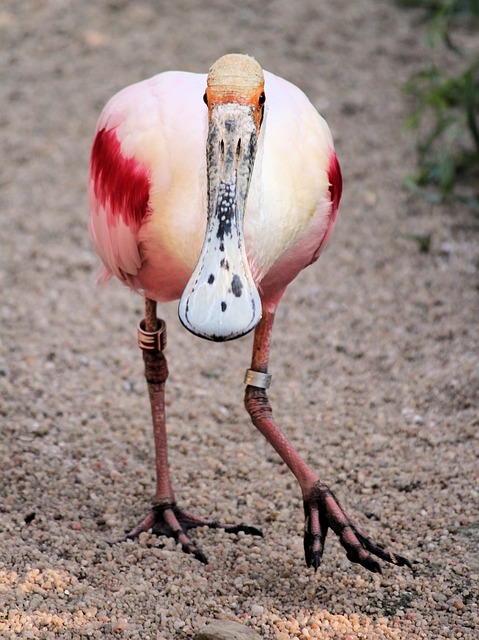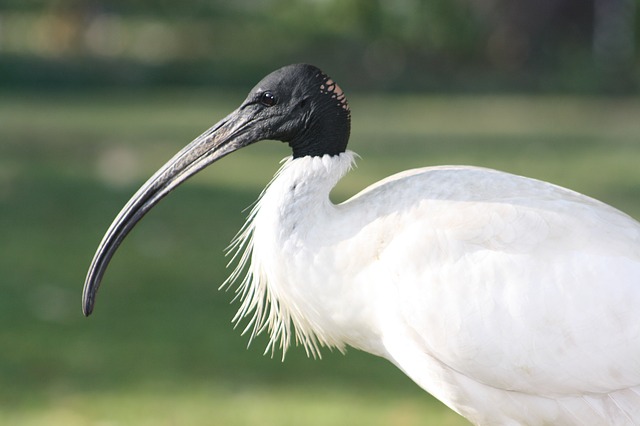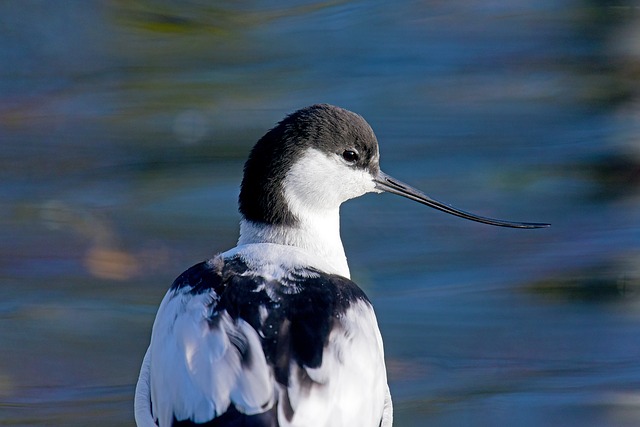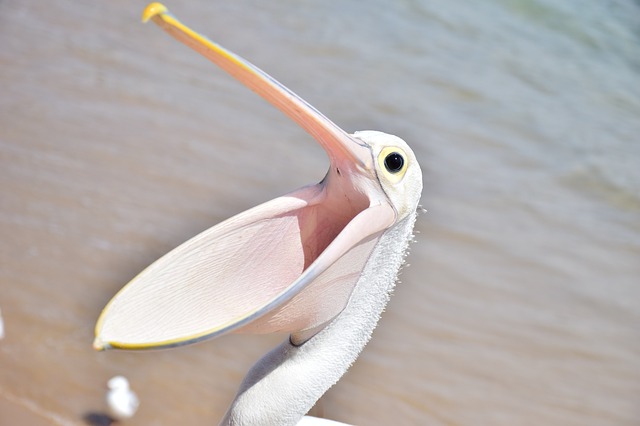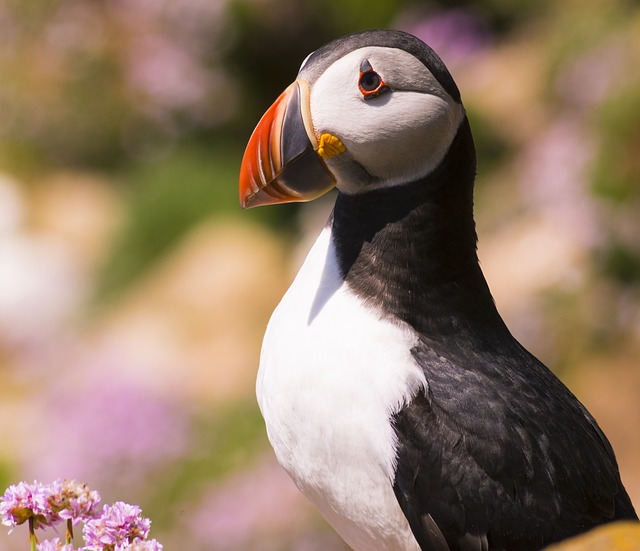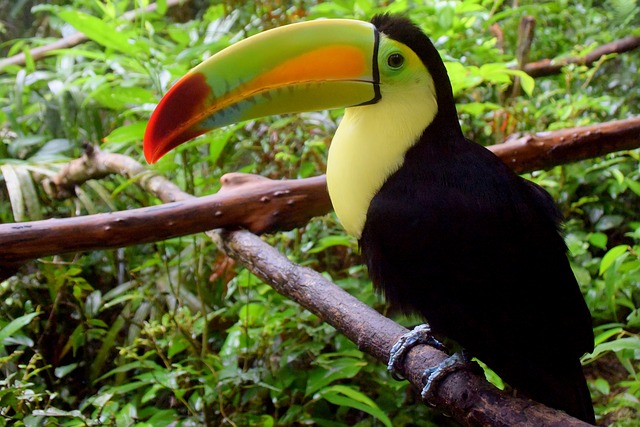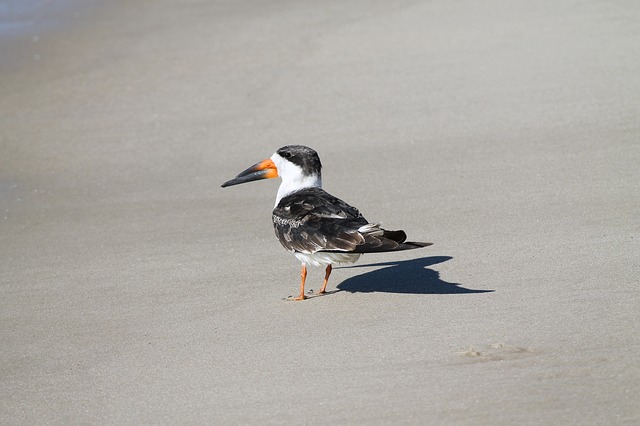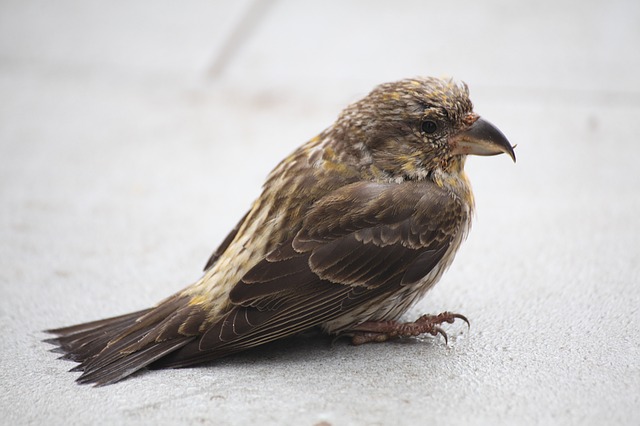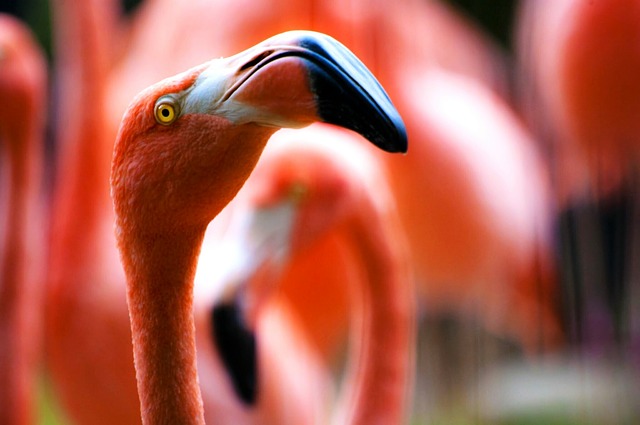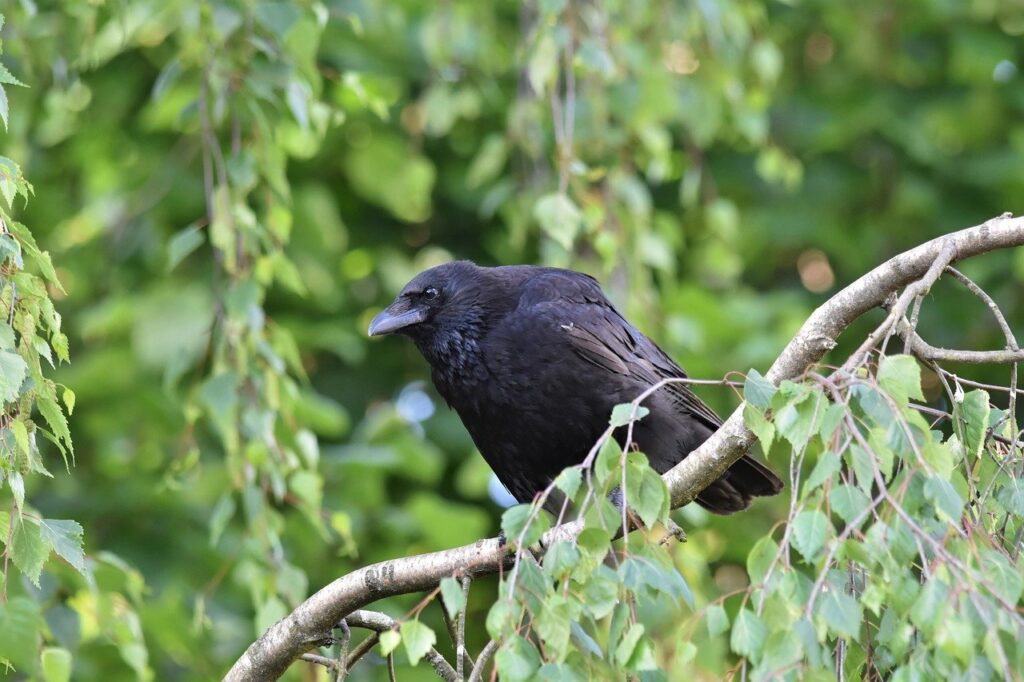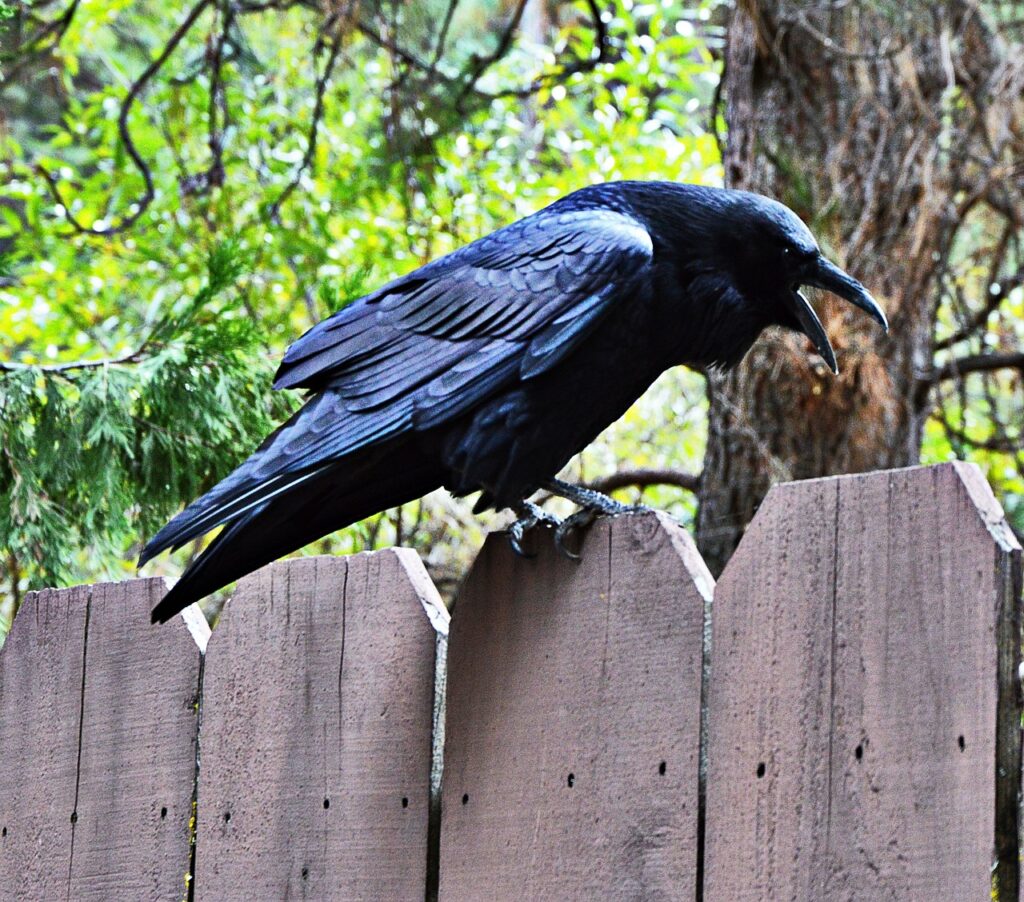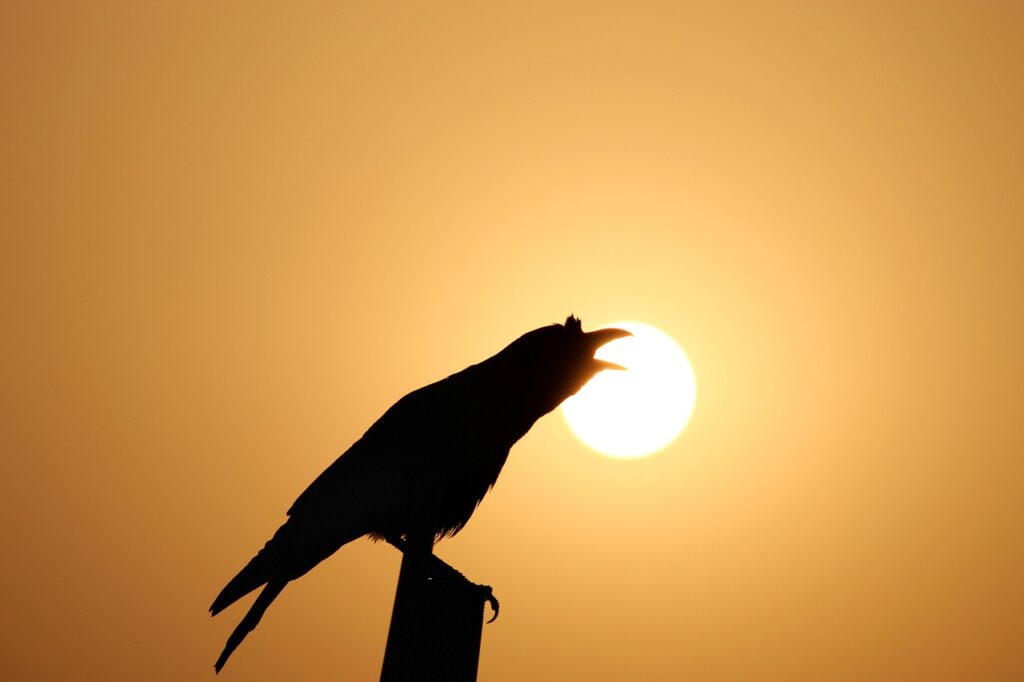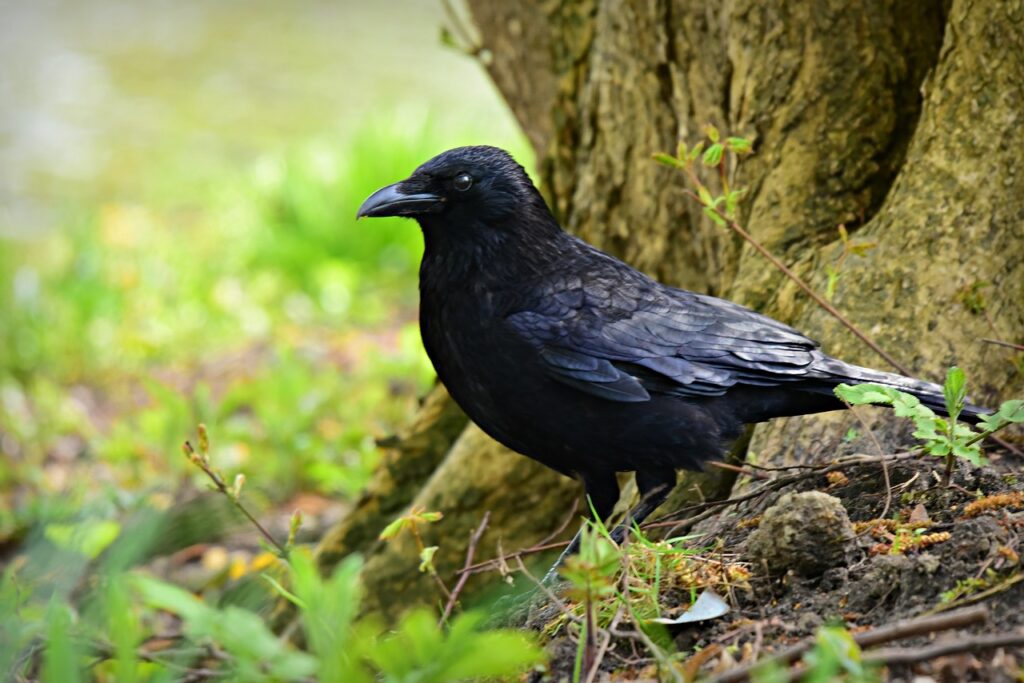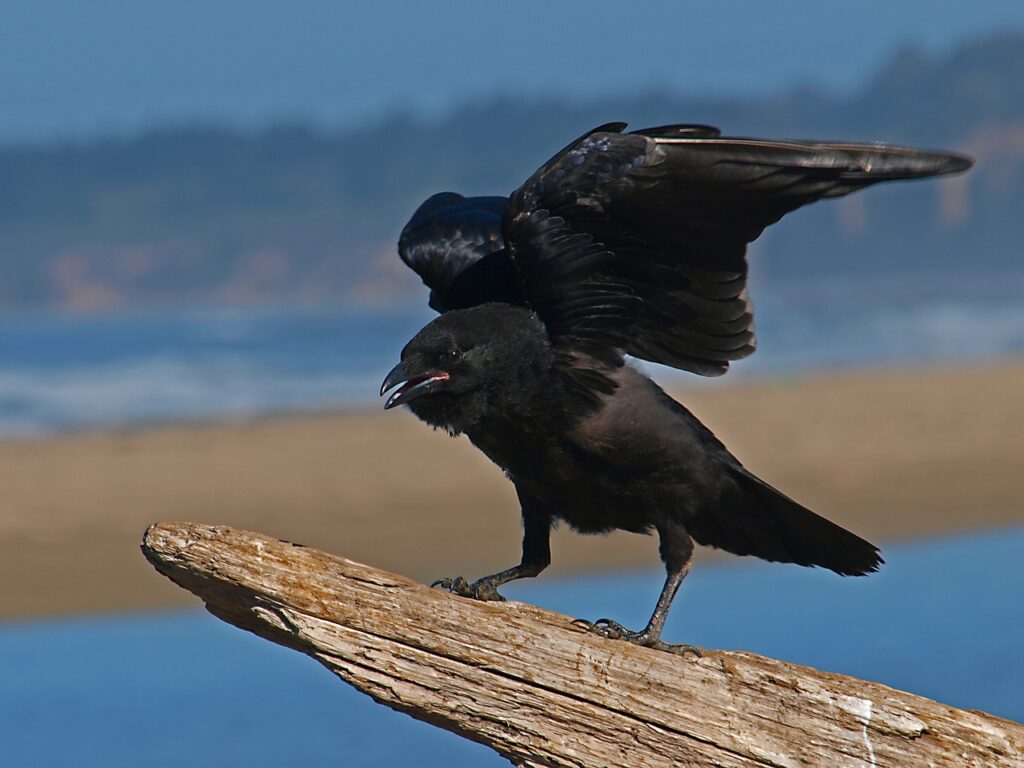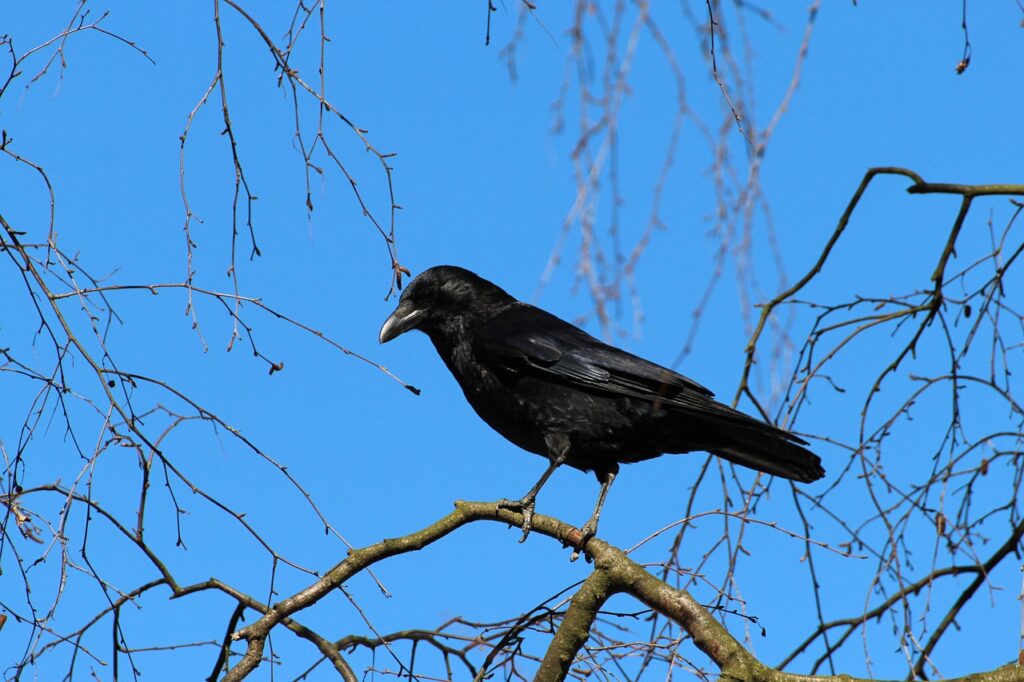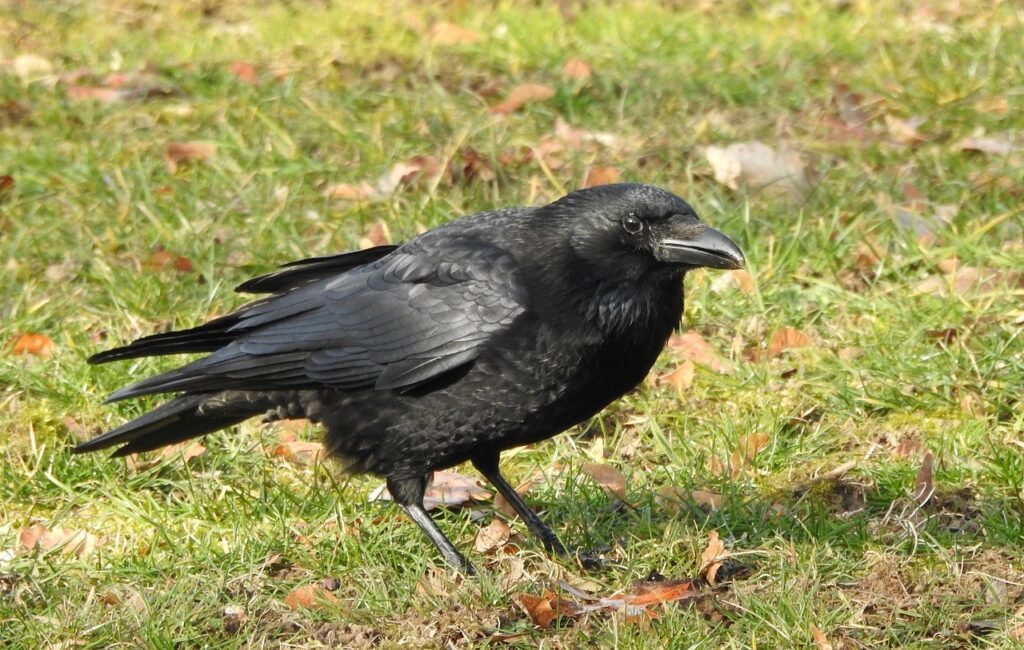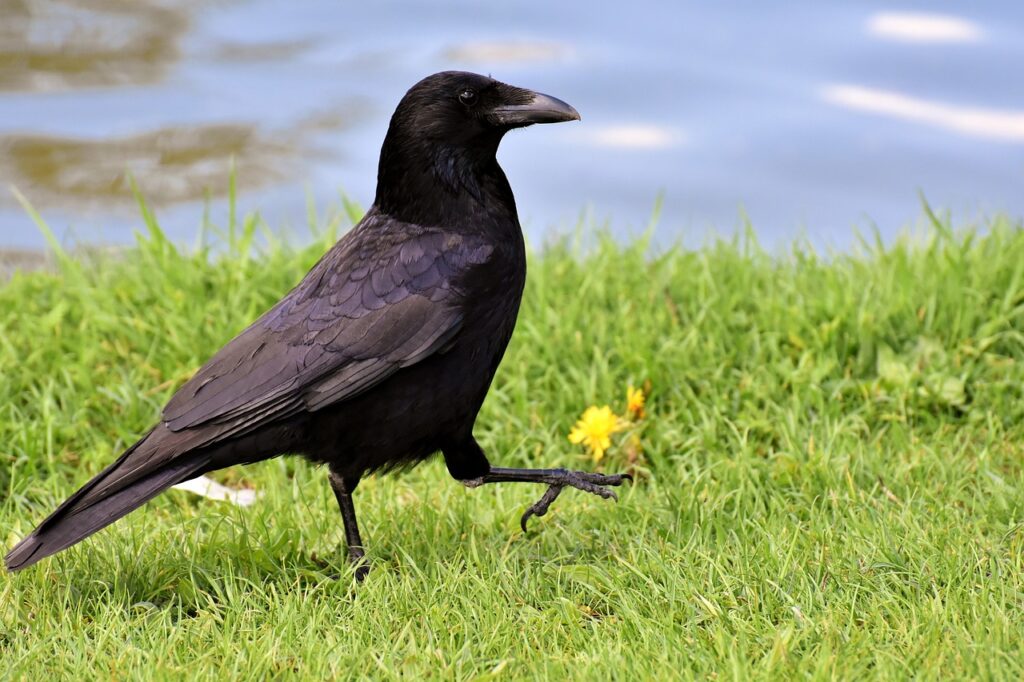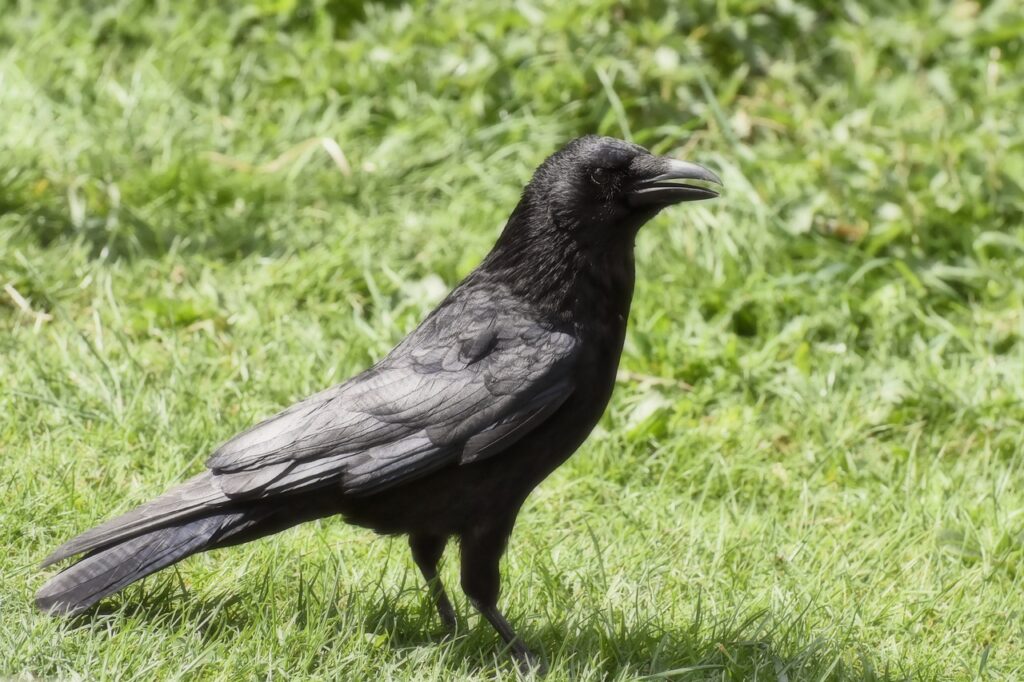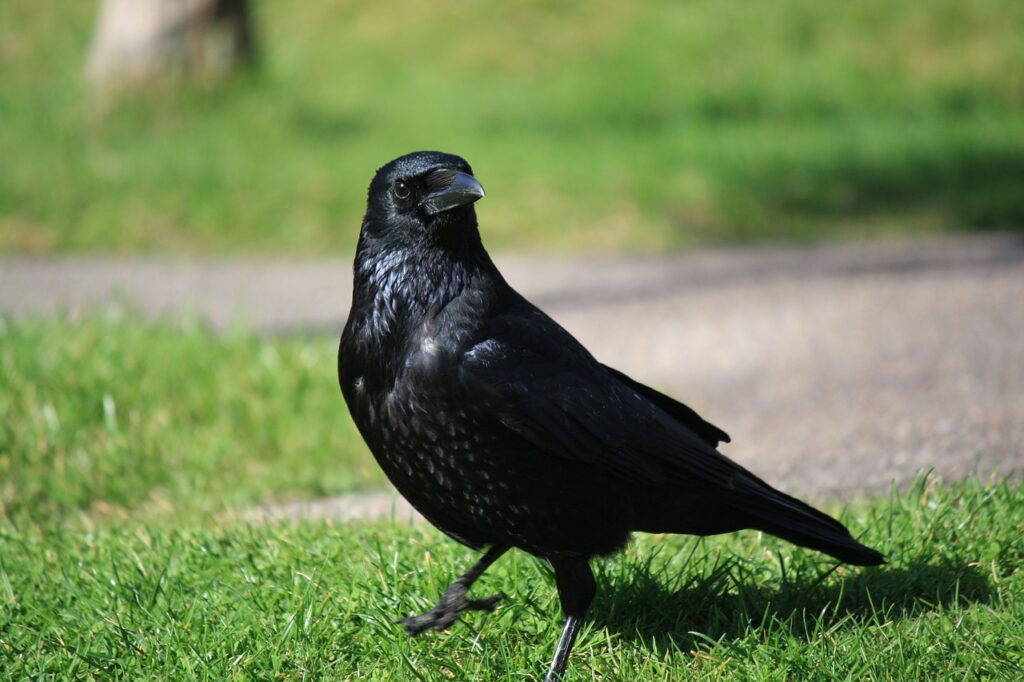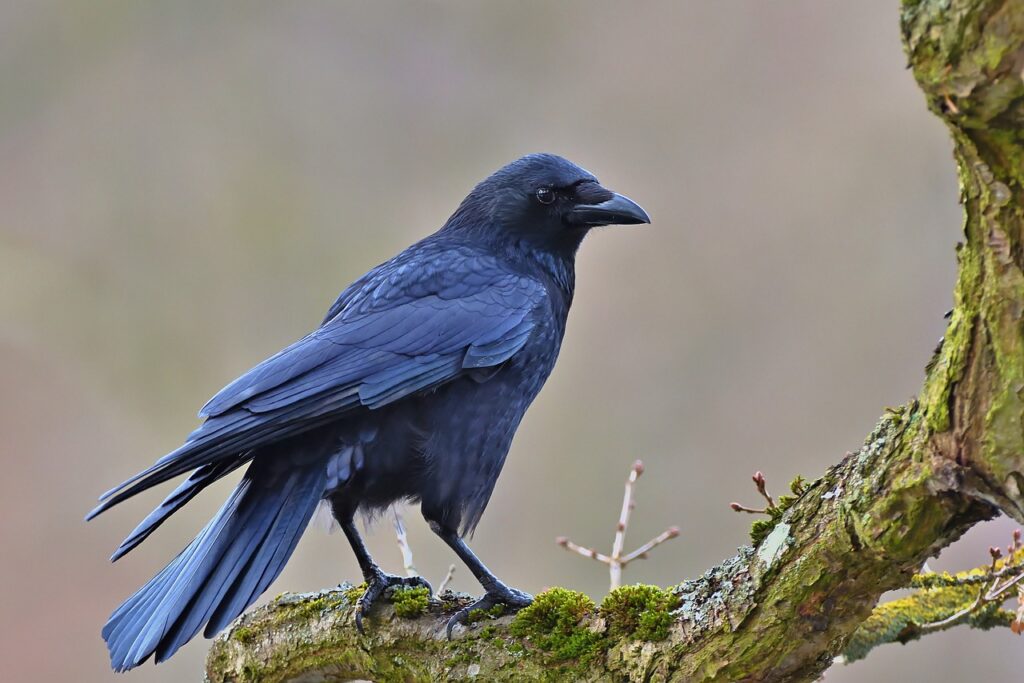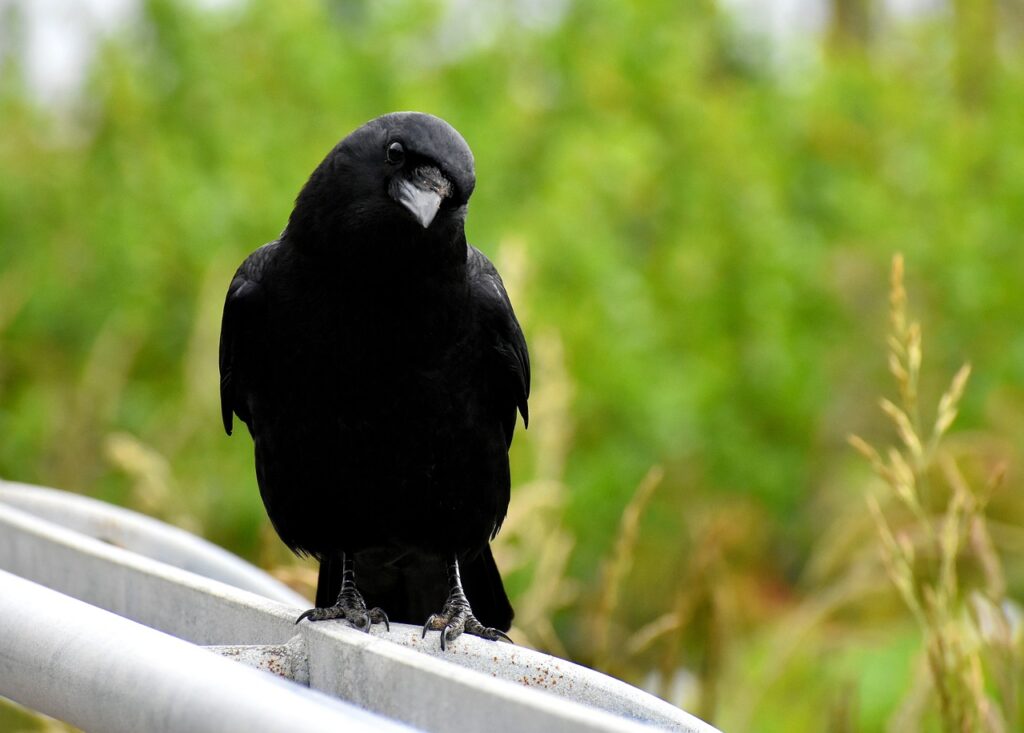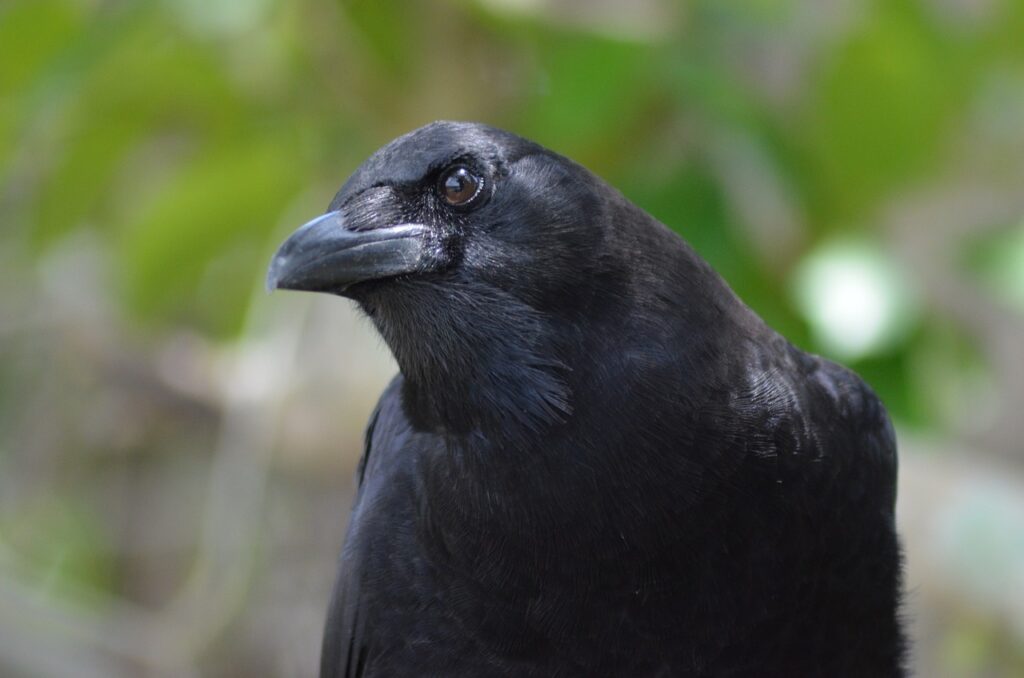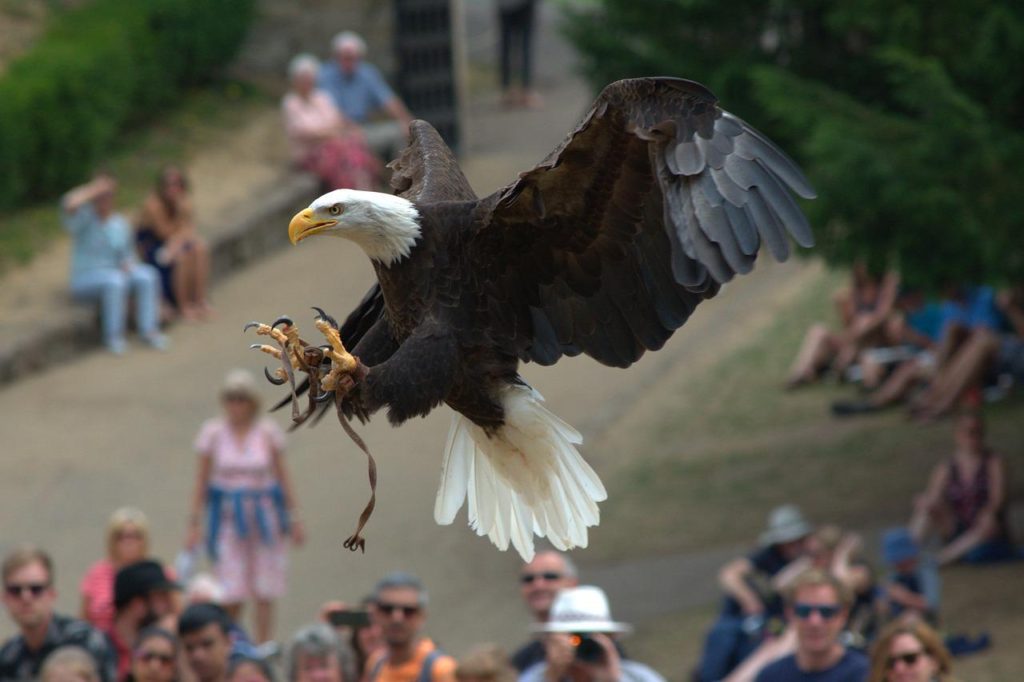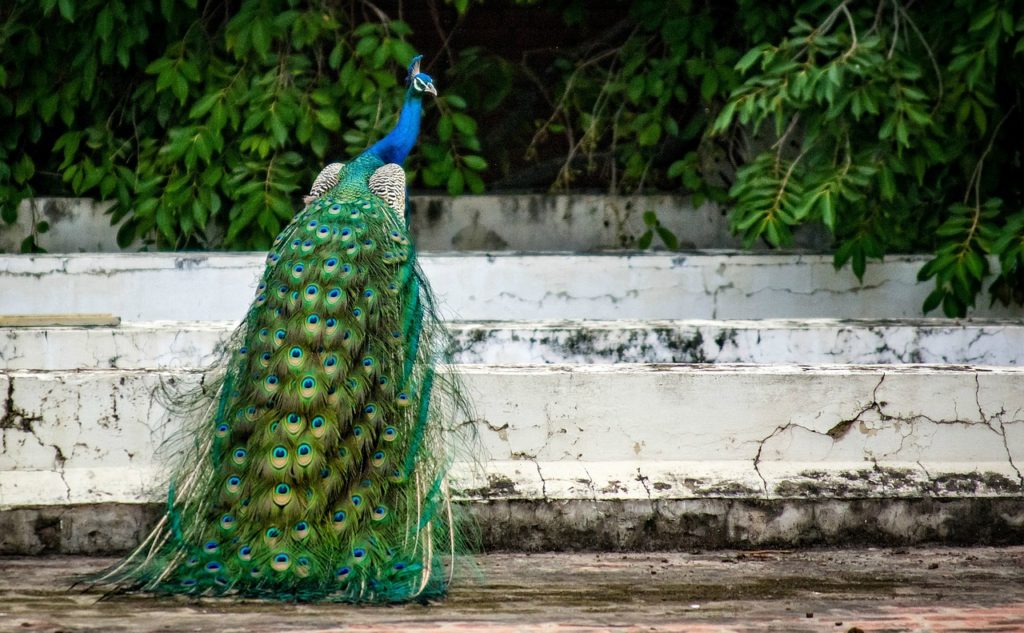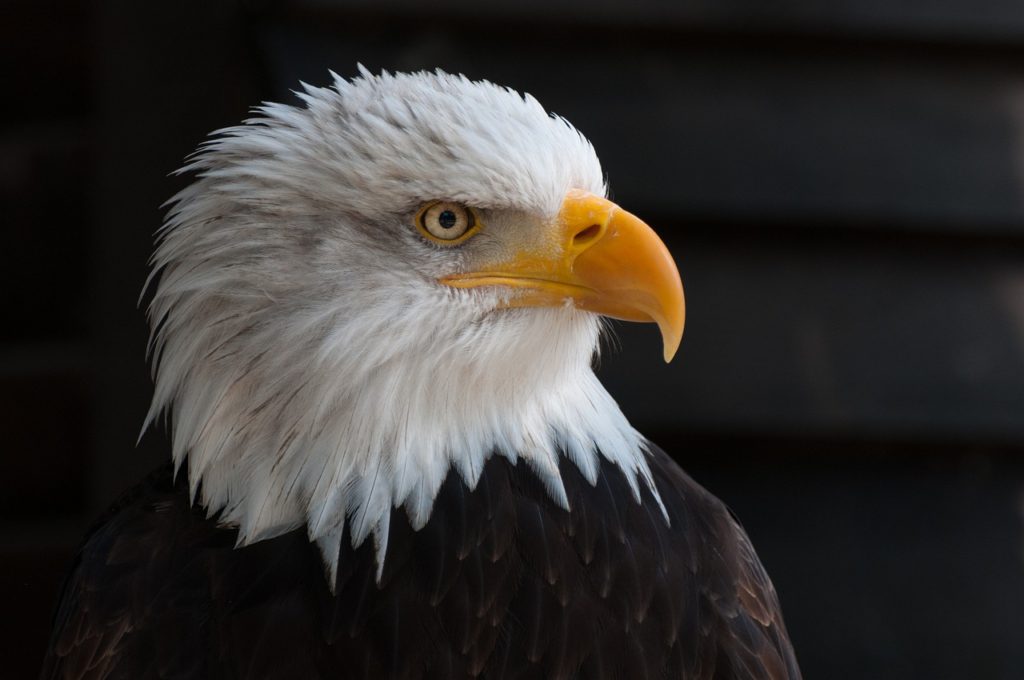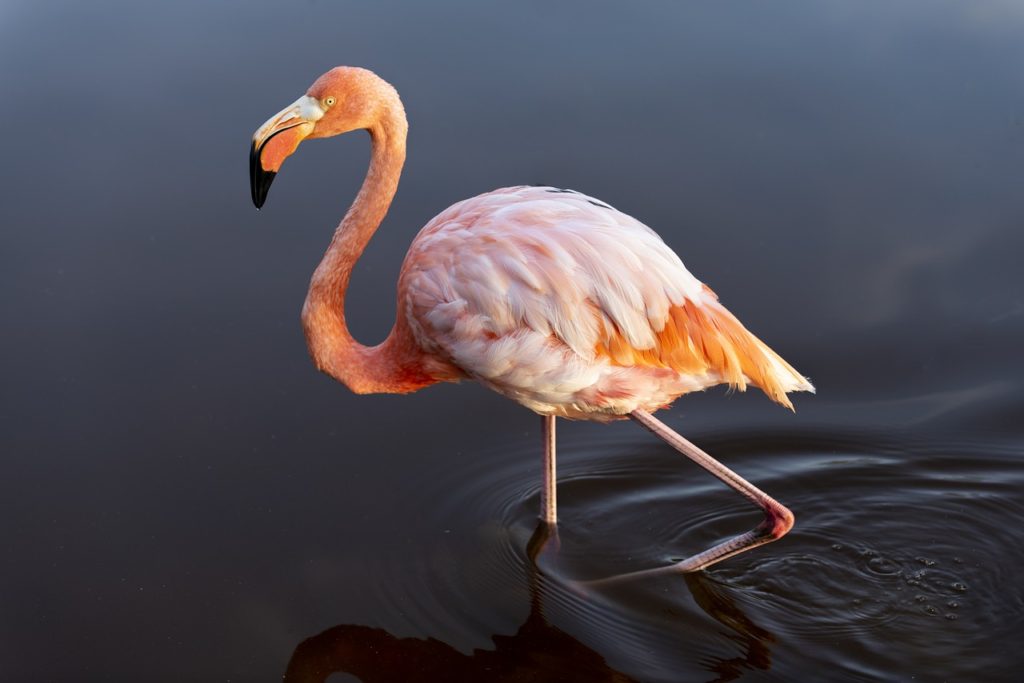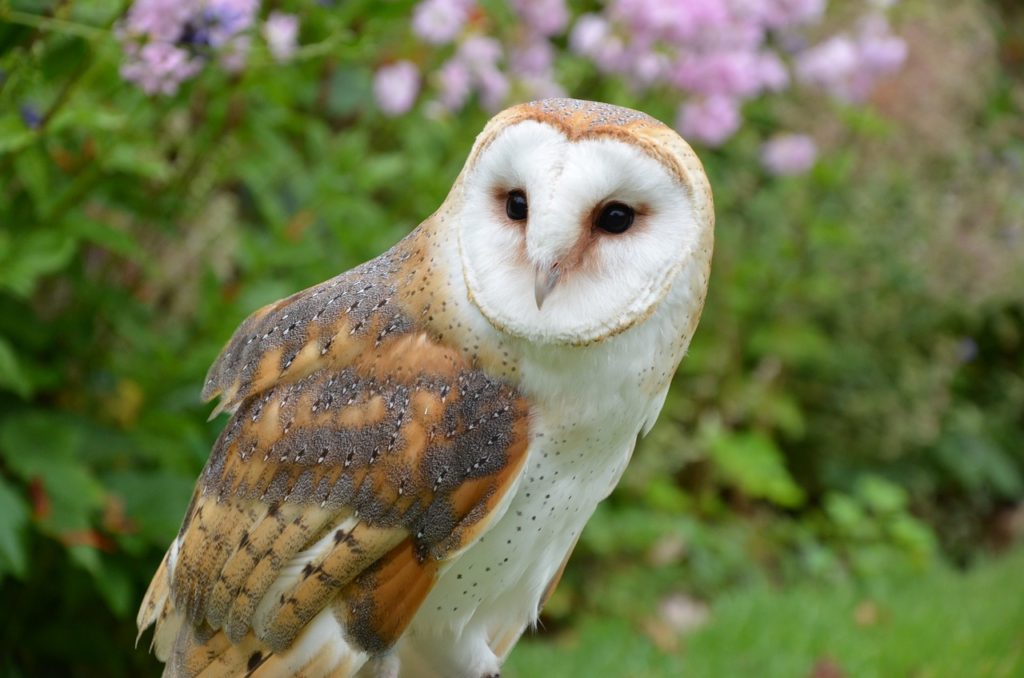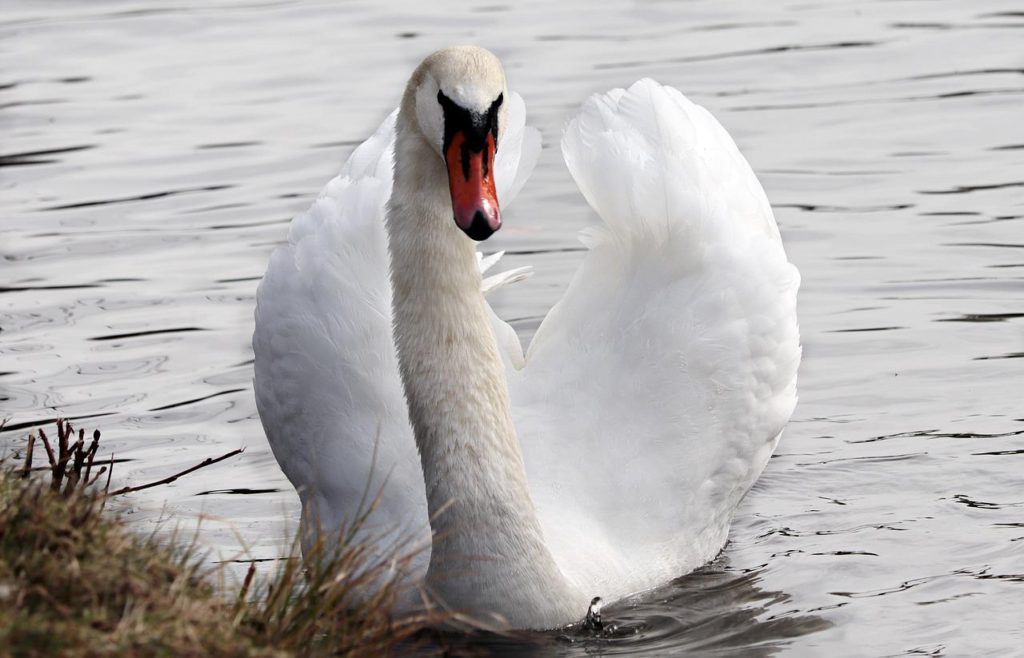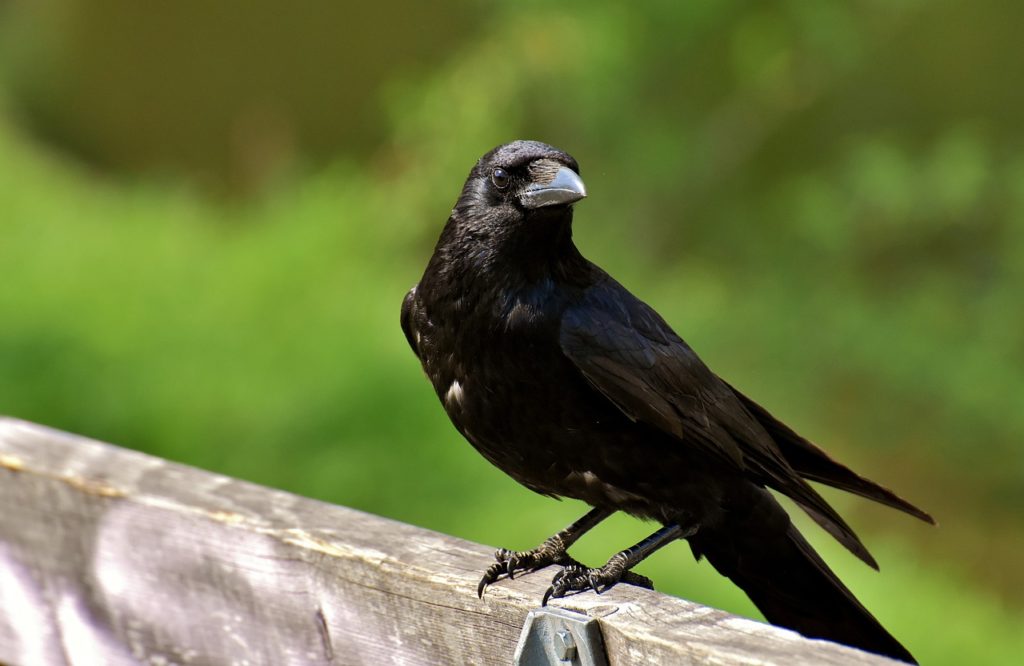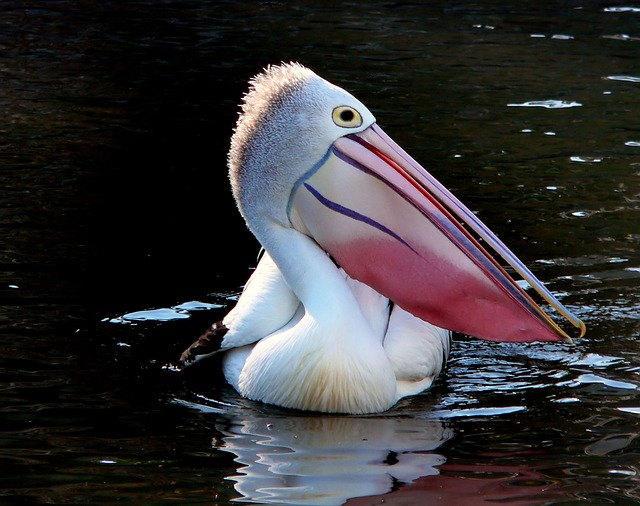
Birds with strange beaks can look totally bizarre. However those weird looking beaks are actually highly specialized tools. So here are some of the birds with the strangest beaks of all, along with what you’ll want to know about them.
Spoonbill
Spoonbills are wading birds which have large flat beaks with broad rounded ends that are similar in appearance to a spoon. These weird-looking beaks are used to catch food by touch. Spoonbills move their beaks from left to right under the water and as soon as they touch a small fish, crustacean, or insect they close it on their meal.
Ibis
Ibises feed on both land and water. And their long thin downward curving beak allows them to probe for insects and crustaceans. Because their nostrils are located at the base of their beak, instead of the tip, they can actually breathe while their beak is under the water or mud.
Avocet
Avocets are small shorebirds that include four species. Their strange looking beaks curve upwards. And they use them to catch insects and other small aquatic creatures by sweeping them from side to side in the water.
Pelican
Pelicans have a large pouch of naked skin that is attached to the lower half of their beak. They are one of the only bird species in the world with a pouch. They use their beaks to scoop up fish just like a net. Pelicans can also keep themselves cool when it gets hot by opening their beak and flapping their pouch.
Hornbill
Hornbills are a family of birds with strange beaks. Many species have a horn-like projection called a casque, on top of their beak. While for some species the casque is believed to only function as support for the beak, in others it is used to help amplify their calls. Others like the helmeted hornbill use it as a battering ram during aerial jousts with rivals.
Greylag Goose
The serrations on the beaks of greylag geese may be scary looking but they aren’t something to be feared. The geese use these serrations to help them cut grass, which is one of their favorite foods. You can sometimes even spot greylags eating it in pastures right alongside the cows.
Puffin
Puffins are small birds with short wings that belong to the auk family. They are sometimes mistaken for penguins. There are three species, all of which have large beaks. Their beaks actually become thicker and more colorful during the breeding season which helps them to attract mates.
Toucan
The toucan is a bird with a strange beak that can also be quite colorful depending on the species. Their beaks are large and long. They are also serrated to help toucans eat fruit. And because their beaks are lightweight yet long it allows the birds to get close enough to grab fruit by perching even on very thin branches.
Black Skimmer
Black skimmers are tern-like seabirds. And they are the only bird on the planet that has a lower beak that is longer than their upper beak. Black skimmers fly above the water and use their long lower beak to skim the surface for food such as small fish, which they catch by touch.
Crossbill
Crossbills are small birds in the finch family. Unlike most other birds, the tips of their upper and lower beak are crossed. And this is of course how they got their name. This special beak allows the crossbill to extract seeds from the cones of conifer trees to feed on.
Flamingo
Flamingos are probably the most recognizable pink birds in the world. However, while they are well-known for their pink color many people overlook the fact that they are also birds with strange beaks. The flamingo feeds on plankton and other small organisms.
Its unique beak is bent downward and allows the flamingo to stick its head into the water and suck in water and mud. The briny plates inside the beak, known as lamellae, filter out and catch food while the mud and water are expelled from the sides of the beak.
Start Shopping for Birding Supplies!
Crow Symbolism: Everything You Need To Know
Ever wondered why the crow has captured the imagination of so many cultures throughout history? Let's embark on a fascinating journey through the world of crow symbolism, unraveling its mysteries and discovering its significance across various cultures, religions, and...
Creepy Facts About Crows
Crows are highly intelligent birds that have thrived alongside us humans. However, while they are fascinating creatures, at the same time, there are many things about them that many people find quite unsettling. That being said here as some of the most creepy facts...
Why Are Crows So Loud?
As anyone who has heard their loud "caws," can tell you, crows are very noisy birds. In fact, they are considered one of the loudest of all bird species. But why are crows so loud? Read on to find out. The Importance Of Vocalizations Crows use vocalizations to pass on...
Do Crows Remember Faces?
Crows are known for their intelligence. But do crows remember faces? You bet they do! Here's what you'll want to know. Crow Intelligence Crows are brilliant birds. In fact, their level of intelligence is often compared to that of primates. They are so smart that they...
Why Are Crows Black?
American crows are birds with all-black plumage. But why are crows black? Well, there are several reasons. Read on to find out. Bird Color Basics Birds are some of the most colorful creatures on the planet. And they come in an amazing range of colors from white to...
Are All Crows Black?
When it comes to crows, most people are familiar with the image of a sleek-looking solid black bird. But are all crows black? No, they aren't. Here's what you'll want to know. The American Crow Is Not All Crows The American crow is found throughout most of North...
How Long Do Crows Live?
How long do crows live? That's one of the many questions people ask about these familiar all-black birds. Here's what you'll want to know about the lifespan of crows and what affects it. How Long Do Crows Live In The Wild? In the wild American crows have a lifespan of...
Enemies Of Crows
Crows are a common sight in many parts of the world. However, most of us don't realize that these distinctive jet-black birds face a range of threats even when they are in our own backyards. The following are the main enemies of crows. Natural Predators of Crows One...
Predators of Crows
In many places, crows are such a common sight that it can be easy to forget that they actually have many predators. And being "on the menu," for a range of other animals is actually why these birds are so wary. That being said, here is everything you'll want to know...
Are Crows Territorial?
Are crows territorial? The answer is yes. However, just how territorial they are can depend on several factors. Here’s what you’ll need to know. Territoriality In Birds Territoriality is the behavioral trait of defending and maintaining a specific area territory...
What Eats Crows?
Crows are large and highly intelligent birds that eat a wide variety of foods including many other animals. So, what eats crows? Here are the most common crow predators and what you’ll want to know about them. Birds Of Prey The birds of prey are a group of predatory...
Are Crows Friendly?
Crows are commonly seen, and heard, in close proximity to us in our towns and cities. But are crows friendly? The answer may surprise you. Crows Are Highly Social Birds Crows are social birds that live in family groups. And they are well known for forming close bonds...
Do Crows Mate For Life?
Do crows mate for life? Yes, they do. And this behavior is highly advantageous to them. Here's what you'll want to know. How Do Crows Attract A Mate? Crows are social birds; most of the year, they live in small family groups. During the breeding season, however,...
Birds With Talons
All birds have claws. However, only a few types have the scary-looking and dagger-sharp claws called, “talons”. So here are the birds with talons and what you’ll want to know about each of them. What Are Talons? Talons are the claws of a group of predatory birds known...
Birds With Tails
Just like birds themselves, birds’ tails come in a wide range of shapes and sizes. And some tails of course are more interesting and remarkable than others. The following are birds with tails that never fail to impress! Long-Tailed Tit The long-tailed tit, also known...
Birds With White Heads
There's no doubt about it, birds with white heads really stand out. From small to large they are quite a unique bunch. So here are some of the most fascinating white-headed birds and what you'll want to know about them White-Headed Vulture The white-headed vulture is...
Birds That Look Like Flamingos
Flamingos are wading birds with long necks and legs. These social birds live in groups and have strongly hooked downward-facing beaks which they use to feed on shrimp and other small water creatures. And they are famous for their stunning pink color. With such a...
How To Attract Owls To Your Yard
Owls are nocturnal birds of prey that can be extremely helpful when it comes to controlling rodent populations in a natural way. That is of course if you can attract them to your property by creating an owl-friendly habitat. So keep reading to find out how to attract...
Why Would A Swan Be Alone?
It's widely known that swans are incredibly social and romantic creatures, so it can be disconcerting when you encounter a solitary swan. However, there are several reasons why this might be. So why would a swan be alone? Here's what you'll want to know. But first,...
How To Attract Crows To Your Yard
Crows aren’t always pests as many people believe. In fact, these super smart birds can actually help to rid your property of many common backyard and garden pests themselves. So here’s your step-by-step guide on how to attract crows to your yard! Step 1. Create A...
